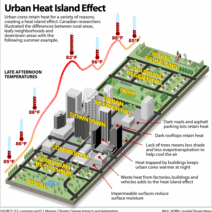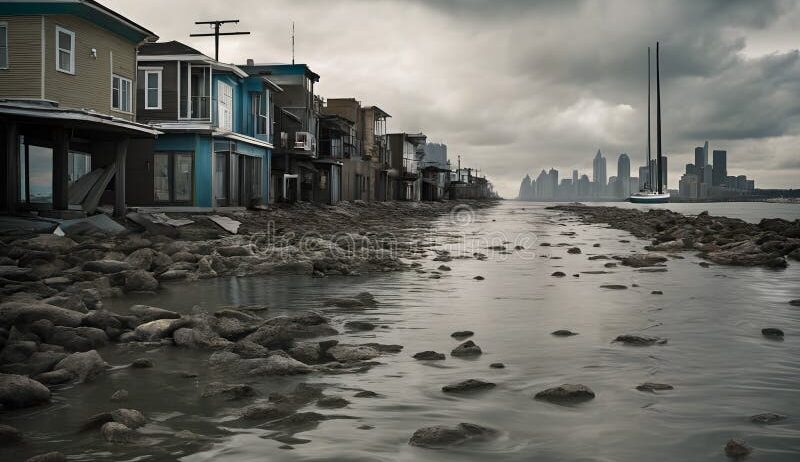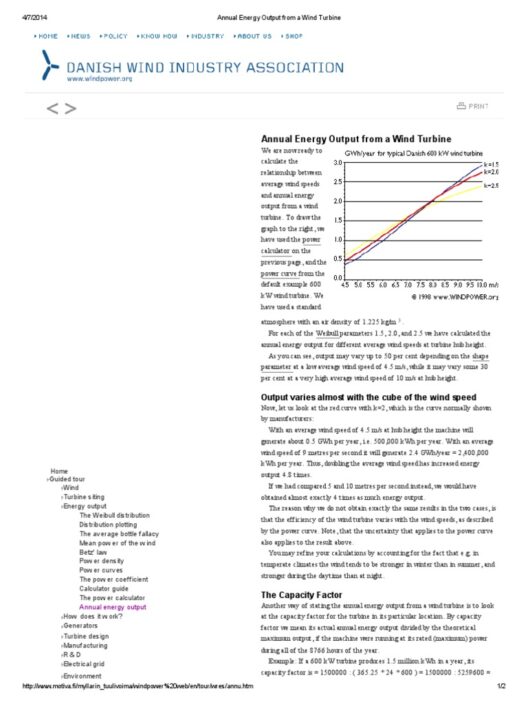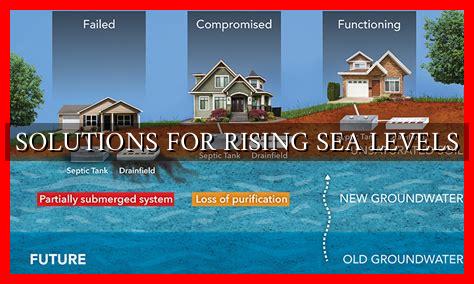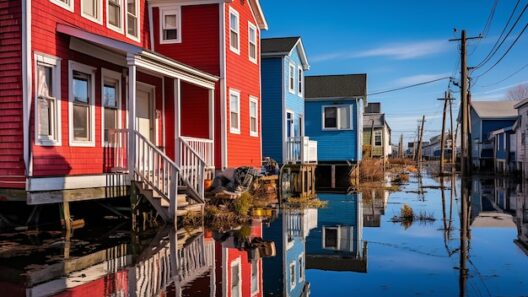As we gaze upon the tranquil beauty of coastal cities, one can’t help but wonder: what will these lively landscapes look like in a few decades’ time? The rise in sea levels, attributed to climate change, poses a formidable threat to urban areas where land meets the ocean. But just how serious is this challenge? And what cities are most at risk? This article seeks to delve into the intricate dynamics of rising sea levels and explore the urban regions that could become uninhabitable if current trends continue unchecked.
Rising sea levels are a consequence of two principal factors: thermal expansion of seawater as it warms and the increased melting of glaciers and polar ice caps. While global average sea level rise is projected at about one to two feet by the year 2100, certain coastal cities may experience rises that are significantly more pronounced due to local geological conditions and ocean currents. Consequently, diverse regions around the globe must prepare for a specter of challenges that, if left unaddressed, could lead to a dramatic transformation of their geographical identities.
In the pursuit of understanding the most vulnerable areas, let us focus on three major cities: Miami, New Orleans, and Jakarta. Each of these cities embodies a unique profile of risk intertwined with socio-political implications, economic ramifications, and environmental concerns.
The Sunshine State’s Dilemma: Miami
Miami, a city synonymous with vibrant nightlife and sun-kissed beaches, finds itself at the forefront of the rising sea level crisis. Situated on porous limestone, the city is uniquely susceptible to flood events exacerbated by climate change. Projections suggest that by 2050, sea levels could rise as much as 4 to 6 inches, not only flooding streets during high tides but also leading to salinization of drinking water supplies. It is noteworthy that currently, Miami experiences “sunny day flooding,” where streets are inundated during high tides without the presence of storms.
This scenario raises an intriguing question: how will Miami balance development with sustainability? The city has initiated varied strategies to combat potential devastation, including elevating roads and enhancing its drainage infrastructure. However, such measures are often limited in scope and impact, primarily due to economic constraints and policy challenges. Therefore, will residents and leaders embrace transformative changes enabling Miami to adapt effectively, or will apathy pave the way for inevitable decline?
Sinking Further: New Orleans
New Orleans is another vital string in the fabric of America’s cultural heritage that finds itself at risk. Perched below sea level and shielded by a network of levees and pumps, the city is an epitome of the complex relationship between human ingenuity and the forces of nature. Rapid sea level rise, compounded by land subsidence, poses existential threats to this vibrant metropolis. Experts predict that parts of New Orleans could be submerged as early as the year 2100 if current trends prevail.
Inquisitively, one must ask: can New Orleans reinvent itself as a resilient model for coastal adaptation? This city has had to grapple with catastrophes of the past — most notably Hurricane Katrina in 2005, a grim reminder of nature’s wrath. Lessons learned from such events have led to the formulation of ambitious flood protection plans and coastal restoration projects. Nevertheless, given the profound socio-economic disparities that characterize the city, achieving consensus on the implementation of these initiatives presents a formidable challenge. The stakes are high, and the future hangs precariously in the balance.
A Gloomy Prediction: Jakarta
The sprawling metropolis of Jakarta, Indonesia is another glaring example of a city racing against time. Home to over 10 million inhabitants, Jakarta is sinking at an alarming rate of up to 10 inches per year, largely due to excessive groundwater extraction and the compounding effects of climate change. Predictions may indicate that large portions of the city could be underwater by 2050. As such, Jakarta serves as a microcosm of the broader global crisis; a cautionary tale for other coastal cities.
What will the future hold for Jakarta? The Indonesian government has proposed an ambitious plan to relocate the capital to Borneo, emphasizing the complex interplay of geography and governance. However, with limited resources and widespread corruption issues, can Jakarta adapt before it succumbs to the tides? The imminent threat necessitates an urgent rethink of urban planning and resources allocation, both locally and globally.
The Interconnected Nature of Solutions
These urban landscapes, each facing daunting prospects due to rising sea levels, underscore a crucial point: addressing the challenges of climate change is not merely a localized concern but demands global collective action. The solutions to these threats extend beyond city limits. While adaptation measures, such as enhancing infrastructure and restoring natural barriers, are essential, they must be underpinned by strong international collaboration to reduce greenhouse gas emissions that drive climate change.
Ultimately, the unfolding narrative of coastal cities like Miami, New Orleans, and Jakarta illustrates the intricacies of living at the edge of the sea. Human intervention may temporarily shield us, but nature has its way of reminding us of our vulnerability. The question that looms large is: how will we choose to respond to this critical dilemma? With concerted effort and innovative approaches, perhaps these cities can not only survive but thrive in a changing world.

